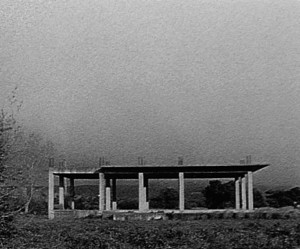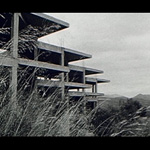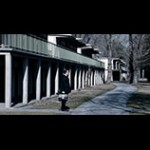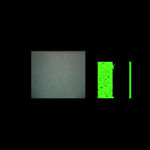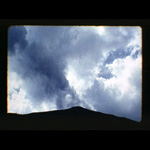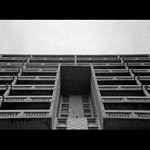Domino
Lotte Schreiber (video) – Stefan Németh (sound)
video, 12min
AT / 2005 – Sixpackfilm distribution
As Robert Smithson said, if you isolate certain associations from a site, if you deal directly with its visual appearance, with what Roland Barthes called the “simulacrum of the object,” then the goal is to understand a new type of structure as a whole which generates new meanings.Domino describes a system of construction using reinforced concrete which Le Corbusier developed in 1914. This method revolutionized modern architecture, freeing walls from their supportive function and thereby opening up entirely new design possibilities. For this project media artist Lotte Schreiber undertook a winter journey through Greece to film anonymous architectures, the concrete skeletons which can often be found there. These incomplete spatial fragments, conceived as apartment buildings or hotel complexes, inscribe themselves into the barren mountain and coastal landscapes of the Mediterranean region as foreign geometric bodies.Schreiber uses these “primary structures” as a framework and geographical reference system for the surrounding landscape in rigidly framed black-and-white photographs. While the concrete cubes were systematically scanned on Super-8 film, Schreiber used a digital video camera to document her journeys by car around Peloponnesus and the island of Crete. In the metric editing she juxtaposes the two kinds of footage and constructs an exact temporal structure. While the original sound is audible in the staccato video sequences, the film images are set to an electronic soundtrack by Stefan Németh. This unusual “road movie” is the third part of a series of experiments intended to create “cinematic cartographies.”
www.sixpackfilm.com

